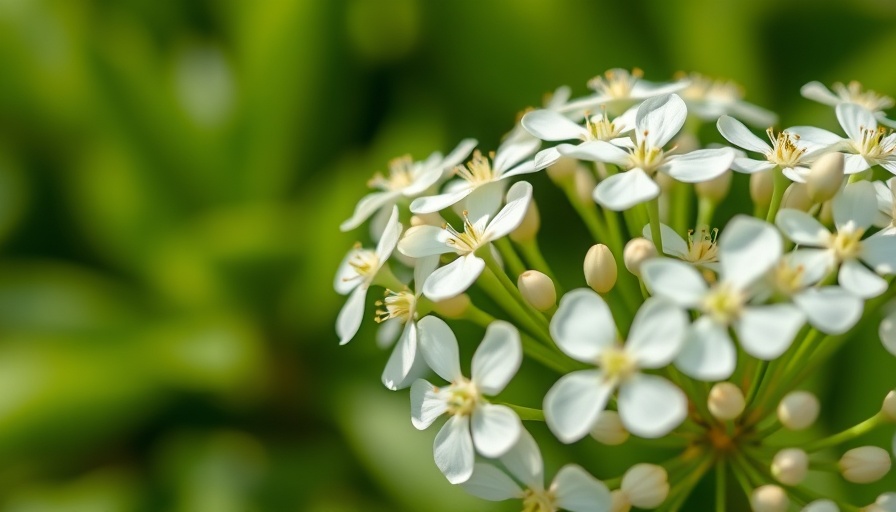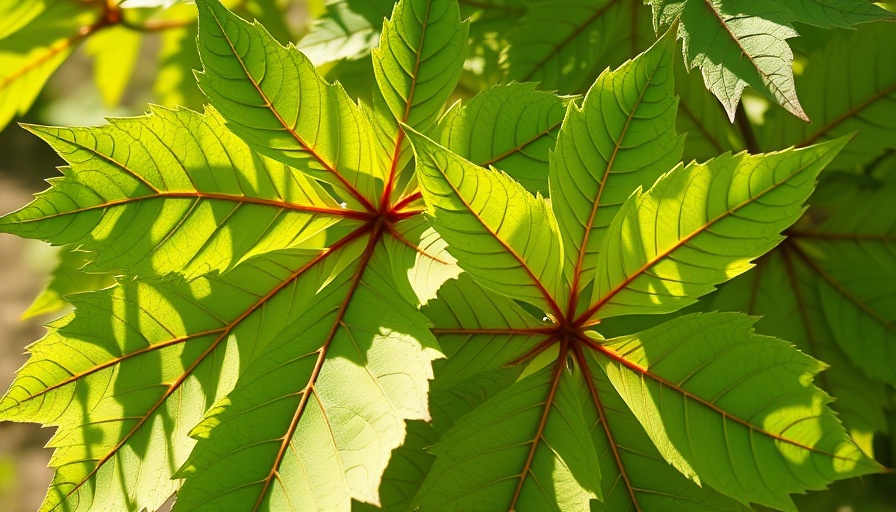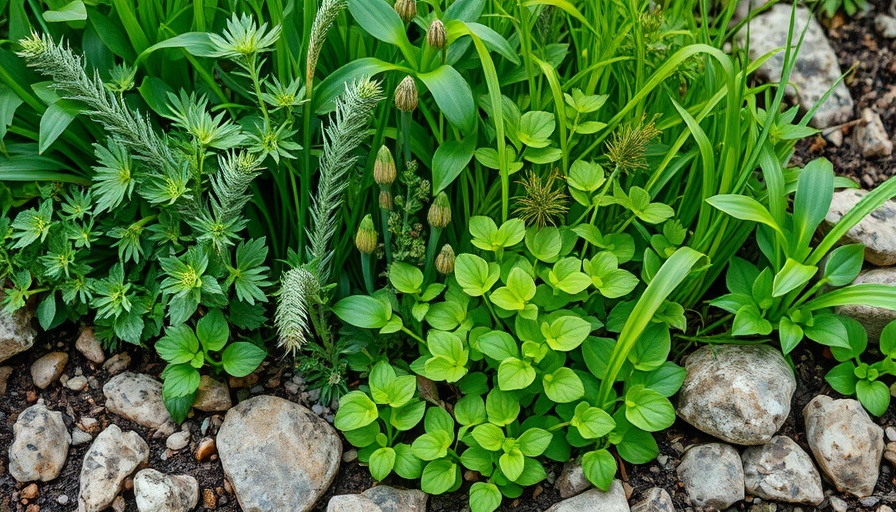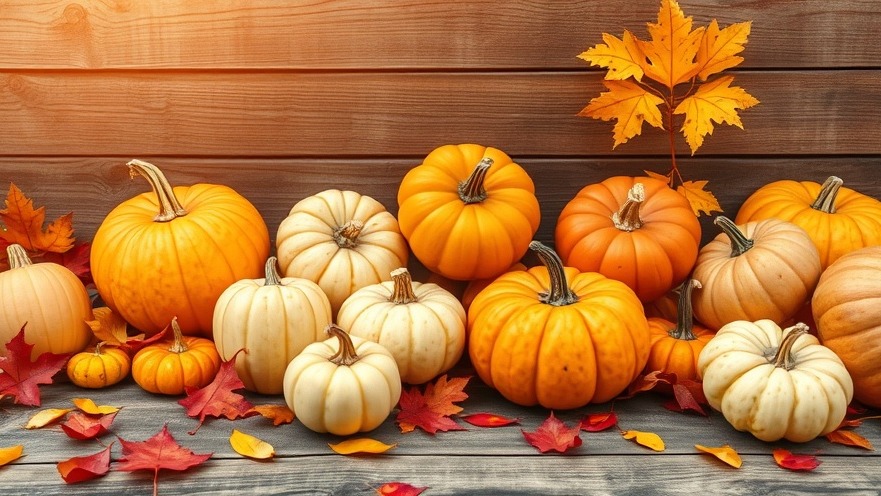
Embrace Sustainability: The Many Benefits of Sweet Woodruff
Sweet woodruff (Galium odoratum) is not only a beauty in the garden; it's also a genuine asset to eco-friendly gardening practices. As a natural ground cover, this delicate perennial flourishes in shaded areas, effectively suppressing weeds and maintaining soil integrity. By utilizing sweet woodruff, eco-conscious homeowners can reduce the need for herbicides and fertilizers, ultimately leading to a healthier, more sustainable landscape.
Steps to Successfully Plant Sweet Woodruff
Getting started with sweet woodruff is straightforward. Plant it during the spring or fall in shaded or partially shaded locations, as it prefers cooler zones. The soil should be moist and well-draining; consider improving sandy or clay soils by adding compost. Once established, this resilient plant can handle various conditions, making it perfect for modern homesteaders looking to enhance their garden sustainably.
Care and Maintenance: Sustainably Cultivating Sweet Woodruff
Sweet woodruff demands minimal care, making it an ideal companion for busy homeowners. Regular watering is crucial, especially during dry spells. Moreover, dividing the plant every few years will ensure its health and vitality. This promotes more extensive growth while providing an opportunity to share or expand your garden sustainably. Remember, sweet woodruff flowers between April and June, attracting beneficial insects and enhancing local biodiversity.
Harnessing Sweet Woodruff in Your Garden Ecosystem
Integrating sweet woodruff into your garden not only beautifies the space but also promotes biodiversity. The flowers serve as a nectar source for pollinators while the dense foliage offers refuge for small wildlife. By creating habitats through natural landscaping techniques, homeowners can contribute positively to the ecosystem, all while maintaining an aesthetically pleasing space for relaxation and enjoyment.
The Zero-Waste Approach: Utilizing Sweet Woodruff
Beyond the garden, sweet woodruff offers myriad uses. Its leaves can be dried and used for potpourri, or brewed into teas for a delightful aromatic experience. Engaging in zero-waste practices becomes easy with sweet woodruff — incorporating this plant not only reduces waste in the gardening phase but extends beyond to culinary pursuits. This makes it a must-have for environmentally conscious homeowners looking to embrace every part of their garden.
Why Sweet Woodruff is Perfect for the Eco-Conscious Garden
Sweet woodruff excels not just in its low-maintenance nature but also in its eco-friendly attributes. As a perennial, it requires less frequent replanting compared to annuals, ensuring your gardening efforts are lower in waste. Additionally, its ability to thrive with minimal water offsets some of the demands of climate-conscious gardening. Consider sweet woodruff for a natural, beautiful, and sustainable addition to your landscape.
How Sweet Woodruff Fits into a Sustainable Home Design
As part of a complete eco-friendly gardening strategy, sweet woodruff can elevate your home design by seamlessly integrating with existing landscapes. Think of it as an alternative to traditional lawns — it saves you time, money, and resources while creating a vibrant, living ground cover that enhances your landscape’s appeal. This contributes to energy efficiency by promoting natural shade in areas of your outdoor space.
Get Started on Your Journey to Sustainable Gardening
By cultivating sweet woodruff in your garden, you take significant steps toward a sustainable lifestyle. Equipping your outdoor space with eco-friendly practices aligns with broader sustainability initiatives. Consider where sweet woodruff fits into your garden, and make a plan to incorporate it into your landscaping this spring. The health of your garden reflects your commitment to the environment, showcasing how conscious choices can shape a better world.
 Add Row
Add Row  Add
Add 




Write A Comment